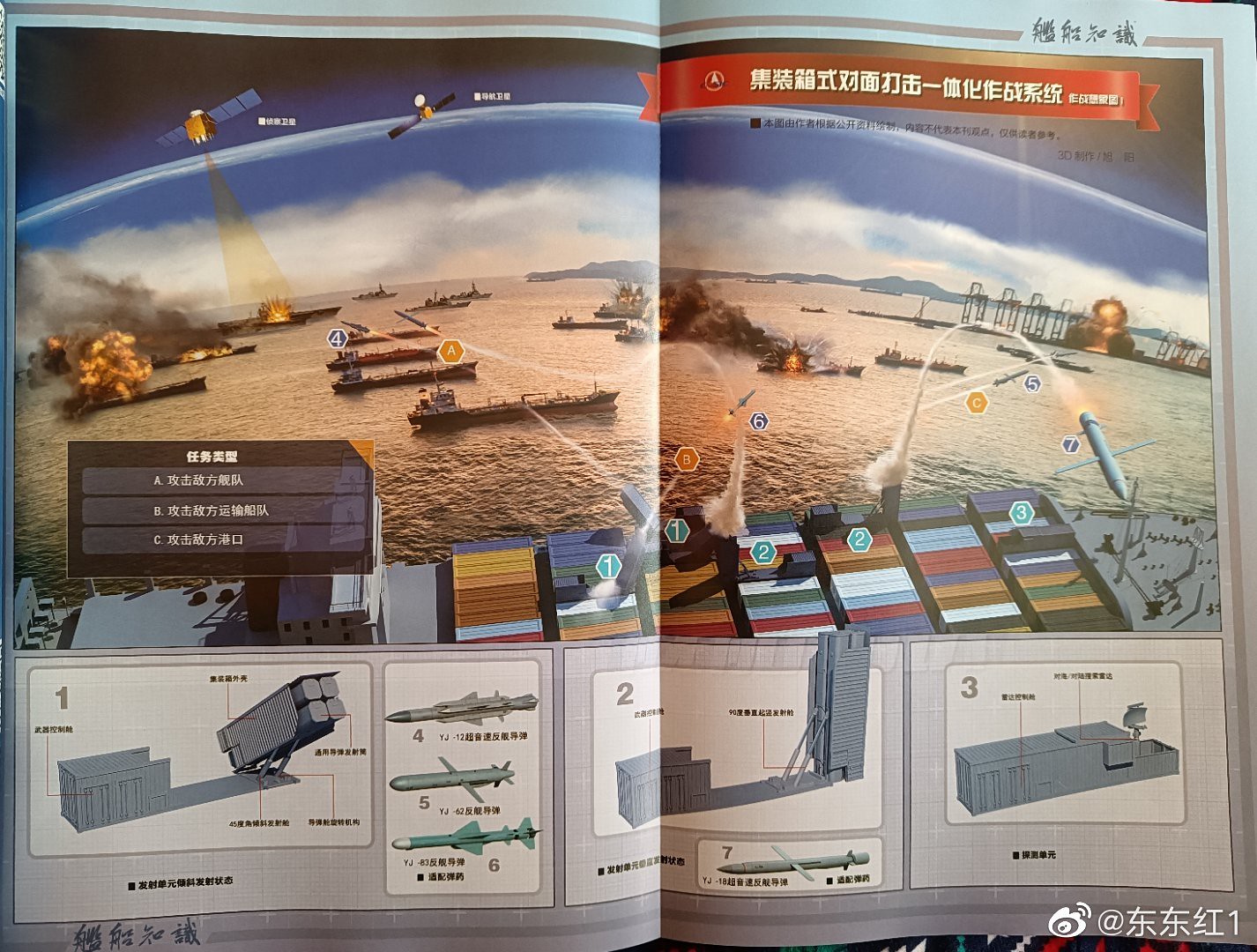I agree
China needs to "break out of the First Island Chain" if it wishes to fulfill its ambitions and win the confidence of these small island nations out in the Pacific. Respect must be earned.
In December 2022. The Liaoning carrier performed a FON "Freedom of Navigation" run, passing by Guam, out in the 2nd island chain for the first time. This was big news.
By 2026 I expect the Type 003 Fujian carrier battle group to make a FON run passing by Hawaii, out in the 3rd island chain for the first time. By now FON runs out to the 2nd island chain will become so frequent it will be considered small news.
By 2029 I expect the Type 004 carrier battle group to make a FON run passing by California. China will have earned the confidence of these small island nations in the Pacific. A serious discussion can now be made of the placement of DF-26s. Like I said before, "The PLA - Rocket Force will operate outside of China." This will be critical to winning a future war in the Pacific.
Let's keep our excitement within the limits for the time being.
The probability of seeing 004 before the end of this decade is low, depending on the progress of large nuclear marine propulsion development, plus the 048 Project which stipulated that China would need to construct 2 conventionally-powered supercarriers first within this decade before moving on to nuclear-powered supercarriers.
Furthermore, I think the PLAN would be more than happy when they can finally make Chinese CSGs sailing up to the Second Island Chain on a regular basis a reality. Let's save the sailing of Chinese CSGs to Hawaii and California for the next decade.
More range is fine. The more the better.
In 2021 China demonstrated a FOB (fractional orbital bombardment) missile / rocket system with a HGV. Since this can orbit the planet technically it has "unlimited range". How's that for range, it doesn't get any better than "unlimited".
but...
How much is the cost? Now here's the problem. Such a weapon system may play a specialized role, but its cost prohibitiveness guarantees it will never play a large role in projecting power, unless there's some massive tech upgrade to drop the cost. Perhaps there will be an anti-ship variant in the future 10+ years from now, but that is just speculation.
I believe the DF-26 will play a large role because it is cheap enough to be mass produced in large quantity or at least sufficient quantity. It's range is not bad, definitely an improvement over the DF-21.
The key for winning the Pacific War of the future is to juggle 3 variables and find the right comprise between: cost, quantity, and range
Well said. DF-26 is at the right cost for a mass produced long-range ballistic missile. Beyond that, in case you want more range, missiles are going to get super-expensive very quickly and to a point where you could produce multiple long-range cruise missiles or smaller ballistic missiles for the cost of a single very long-range ballistic missile. This is where the utility of a large bomber force, carrying multiple cost-effective long-range cruise missiles and/or short-to-medium range air-launched ballistic missiles to intercontinental ranges, comes.
DF-26 in the views of today may no longer be sufficient.
No matter how powerful a DF-26's strike can be, DF-26 is still very much a ballistic missile, meaning that the tasks of predicting and estimating its trajectory before commencing interception would be made easier for the defending side, especially when the defending side is well-versed in ABM technology like the US.
For that, I think that by now, China should have been going full throttle with the development work of these:
1. Longer range hypersonic glide vehicles (HGV), i.e. DF-27; and
2. Hypersonic cruise missiles that can be launched from ships, submarines, fighters, bombers and TELs; plus not forgetting
3. Advanced SAM systems that can reliably deal with acute threats possed by HGVs and HCMs.

